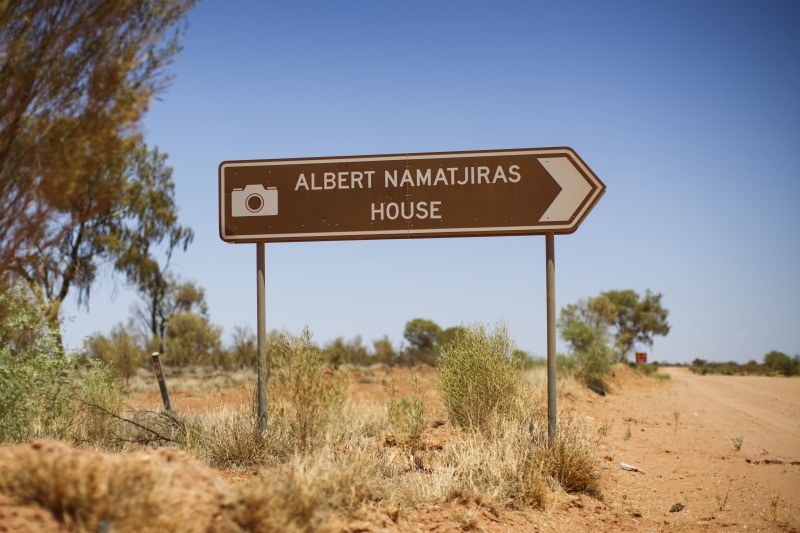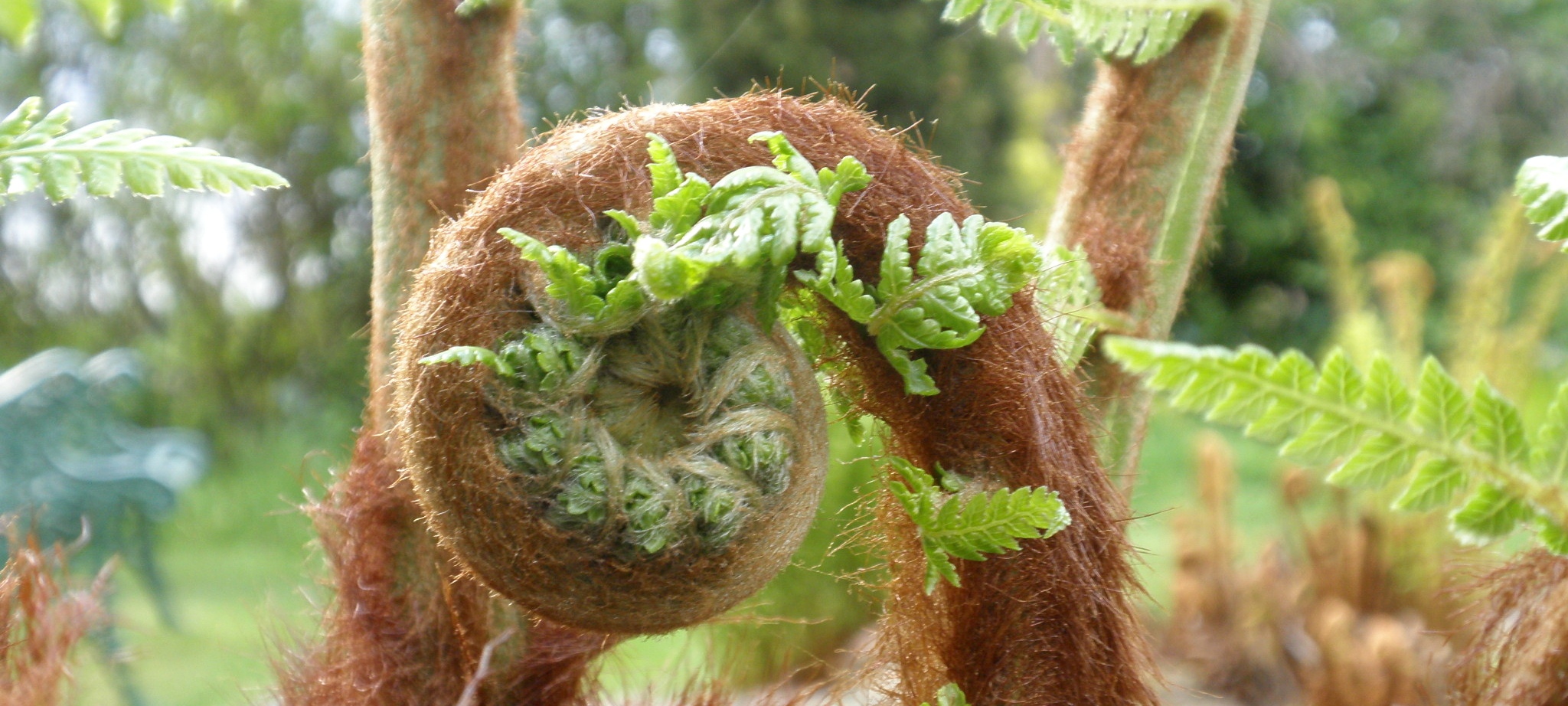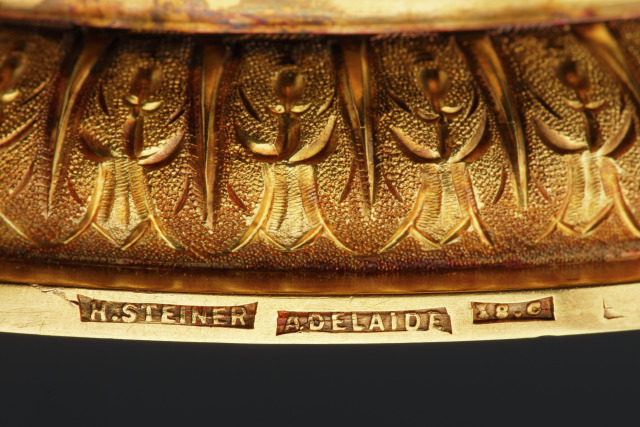A local adventure
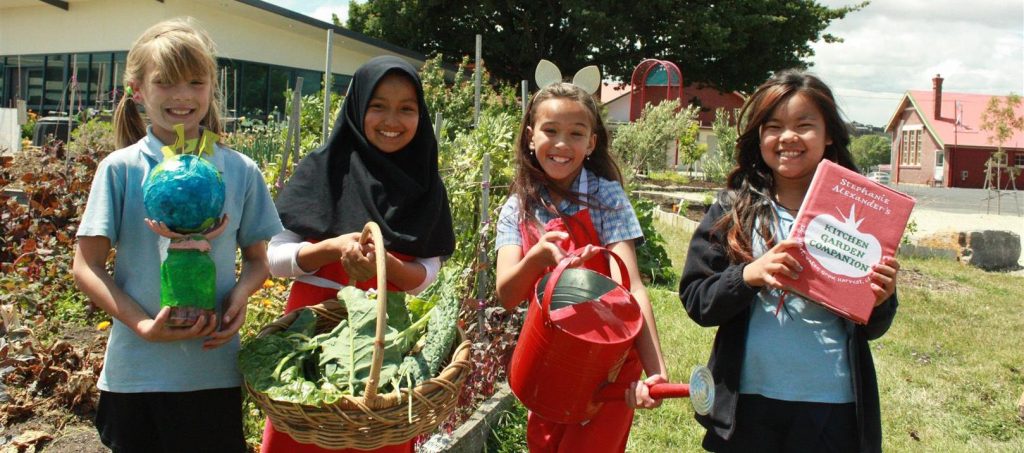
As part of the Food Stories project, we’ve been working with Moonah Primary School in Hobart, and with Reuben Parker-Greer from the Museum of Old and New Art, or MONA. Reuben runs a scheme that supports kitchen garden initiatives at schools located near MONA, including Moonah Primary. As the National Museum and MONA share an interest in the amazing work that Moonah Primary has achieved in their school kitchen and garden, we decided to combine forces and embark on a unique learning journey that explored the dynamic food culture of the Moonah area.
We developed our adventure into the history and future of local food with Mandy Maree, who teaches a combined class of year 4 and 5 students. Mandy’s class were invited to identify various influences on the distinctive patterns of food production and consumption that today characterises life in Moonah and its surrounds. We also decided to explore how the local food culture is shifting today, and how students would like food patterns to evolve into their own futures.
Our journey began with a virtual meeting between myself and Mandy’s class. I talked about the market gardening objects that feature in Food Stories, donated to the Museum by Chai Vang and Por Ye, members of the Hmong refugee community. In the 1980s and 1990s, hundreds of Hmong families arrived in Hobart from refugee camps in northern Thailand. Most settled at Moonah and adjacent suburbs, where rent was cheap and the large backyards allowed for big vegetable gardens. Hmong brought their rich gardening traditions to Hobart, and became renowned for the delicious produce they grew for local markets.
After our discussion, the students produced maps, drawings and sculptures that featured the Hmong market gardening items held by the Museum, and the stories of migration and resettlement told by the objects.
Reuben then visited Moonah Primary to talk with the students about the differences between industrial and local food systems, and the implications of each for the wellbeing of people and land. After Reuben’s visit, the class made drawings that expressed their hopes for the future of food.
The next step on the learning journey for Megan’s class was the opportunity to interview an expert panel comprising principal Angela Miezitis, garden teacher Kristina McCarthy, and kitchen teacher Tanya Nichols. Students asked each panelist questions to identify and understand the history and operation of the school’s kitchen garden program, and its influence on the food habits and culture of the Moonah community.
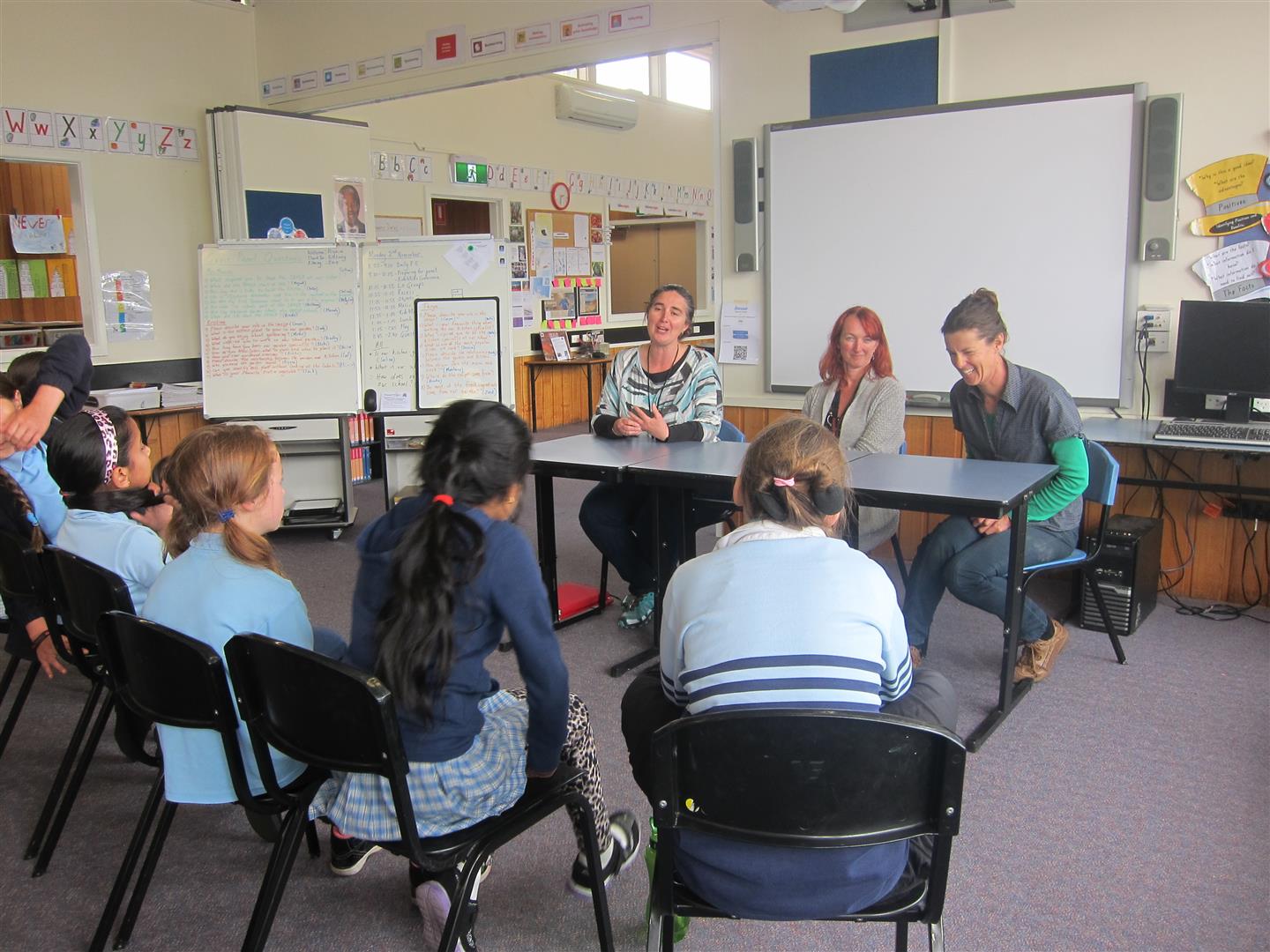
One week later, with baskets of kale, spinach and herbs harvested from the Moonah Primary garden, the class visited MONA. The students joined chef Karl Wulf in the kitchen to prepare delicious pizzas for baking in the outdoor wood-fired oven, and inspected the worm farm, chooks and vineyard with Reuben. In the cafe and restaurant, MONA serves visitors dishes crafted mostly from produce grown onsite, or in the local area. Students talked with Reuben and Karl about the influence of MONA on the food habits of Hobart. Have a look at the terrific electronic book made by Majouk, to record the visit to Mona:
[wpvideo 6IiEkory]
Back at school, Mandy led a wrap-up session that allowed her students to reflect on their learning adventure. In small groups or individually, class members chose many different ways to creatively convey what they’d discovered, including the use of sculpture, performance, practical demonstration, film and diorama.
The last word goes to Emily, who produced a fascinating short film about the inspirational Moonah Primary School kitchen garden, and how the project enriches her school community…
[wpvideo RqnsmbXf]
